YG6X 12% cobalt, 14.05-14.15 density (g/cm³) cemented carbide tungsten carbide rod
Cat:Carbide Rod Series
Welcome to our grinding tool supply company's website, where we introduce you to our premier product: the ZYH25 Carbide ...
See DetailsUnexpected tool failure on the shop floor disrupts production, increases material waste, and impacts overall efficiency. For teams relying on cemented carbide tips, identifying why issues like chipping or rapid wear occur is critical to minimizing downtime. This article serves as a diagnostic guide, using a clear symptom-based approach to help pinpoint the root causes of common failures and provide actionable corrective actions to resolve them.
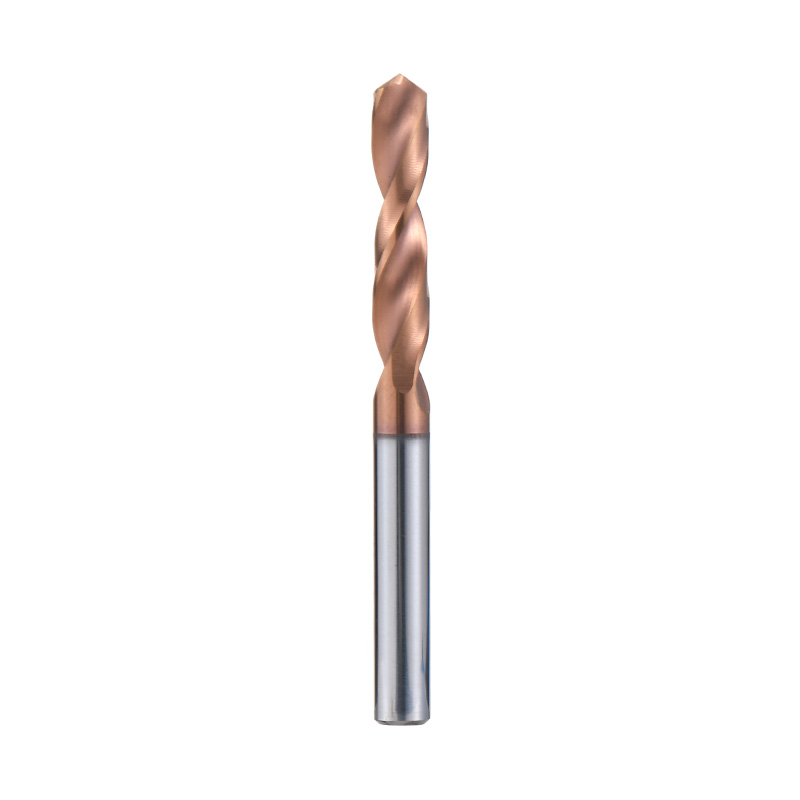
When a cemented carbide tip fails, the visible damage—whether it’s a chipped edge or worn flank—is merely a symptom of an underlying issue. Jumping to replace the tip without addressing the cause often leads to repeated failures. A systematic diagnostic method is key: one observes and documents the failure mode, then cross-references it with potential causes (such as parameter settings, grade selection, or setup issues), and finally implements a targeted solution. This structured approach not only fixes the immediate problem but also prevents recurrence, fostering more consistent machining performance.
Observation: The cutting edge appears bent, flattened, or pushed back, losing its original sharp geometry without breaking.
Probable Causes: Cutting temperatures are excessively high, causing the carbide substrate to soften and deform under machining pressure. The selected grade may not retain its hardness adequately at elevated temperatures—referred to as poor "hot hardness"—making it vulnerable to deformation in high-heat applications.
Corrective Actions: Reduce the cutting speed to lower the overall cutting temperature. Switch to a carbide grade with better high-temperature hardness, which is formulated to maintain structural integrity even under intense heat. Improve cooling by increasing coolant flow or using a coolant with better thermal properties to keep the tool edge within a stable temperature range.
Observation: Particles of the workpiece material weld onto the cutting edge, forming a rough, irregular buildup that alters the cutting geometry and can advance to poor surface finish or chipping.
Probable Causes: Cutting speed is too low for the workpiece material, allowing chips to remain in contact with the tool edge long enough for adhesion to occur. The cutting edge may be dull or have a negative-rake geometry that creates excessive pressure, promoting material buildup. A lack of coolant when machining "sticky" materials (like aluminum or low-carbon steel) can also increase adhesion.
Corrective Actions: Increase the cutting speed to reduce chip-tool contact time. Use a tip with a sharper, positive-rake geometry to minimize pressure and friction. Apply a steady flow of coolant to lubricate the cutting zone, reduce heat, and prevent material from adhering to the tool edge.
A simple diagnostic flowchart is a valuable tool for on-the-spot troubleshooting. It starts with primary observations: "Edge is Chipped/Fractured" or "Wear is Excessive/Fast." For "Edge is Chipped," branches advance to questions like "Is there vibration/chatter?" (check setup rigidity) or "Does BUE form?" (adjust speed/coolant). For "Wear is Excessive," branches ask "Is wear uniform on the flank?" (reduce speed/upgrade grade) or "Is there a crater on the rake face?" (adjust parameters/use coated grade). This visual guide streamlines analysis, helping operators resolve issues without delay.
While troubleshooting is essential for addressing immediate failures, preventing issues through proactive practices is the ultimate goal. Consistent tool handling—avoiding drops or impacts that damage edges—secure setup verification, and regular checks of cutting parameters and workpiece material conditions all contribute to stability. Keeping this guide accessible on the shop floor ensures quick access to diagnostic steps when problems arise. By combining reactive troubleshooting with preventive habits, teams can maintain productive, cost-effective machining operations with cemented carbide tips.
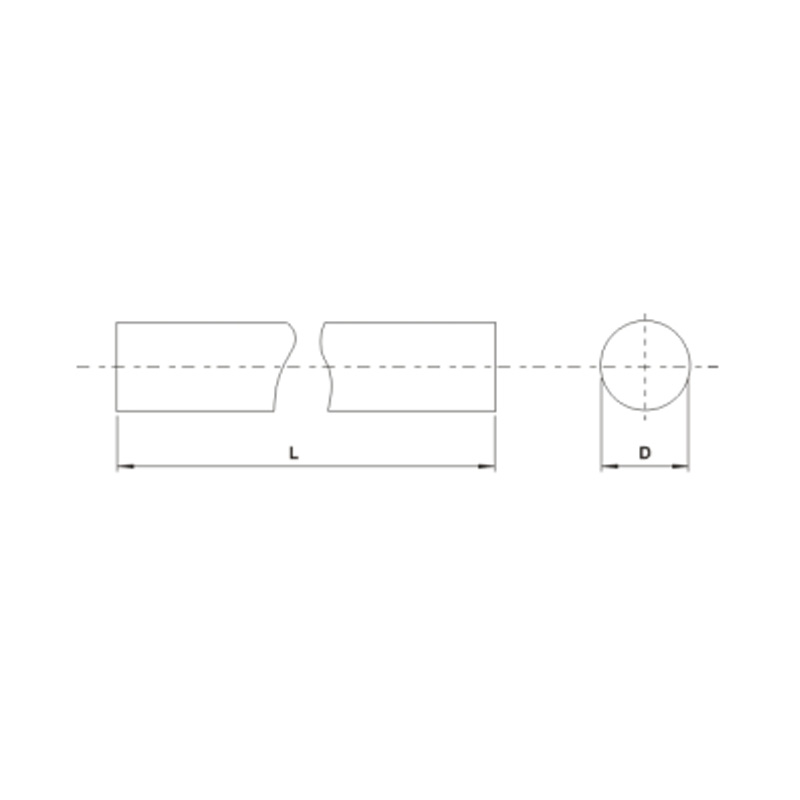
Welcome to our grinding tool supply company's website, where we introduce you to our premier product: the ZYH25 Carbide ...
See Details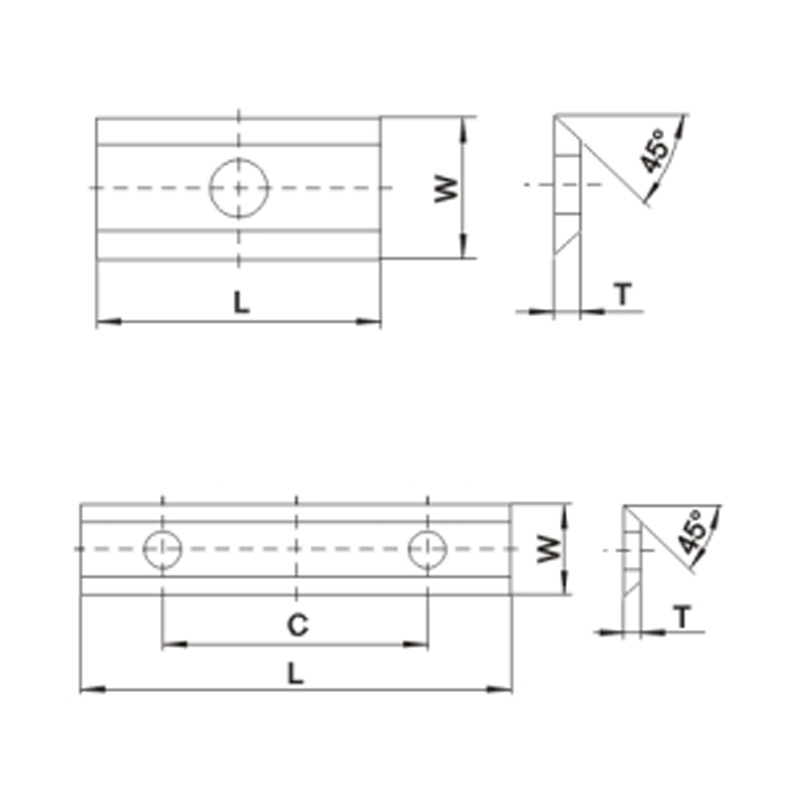
Welcome to our Carbide Knives Series A Type product page! As a pilot provider of grinding tool products, we are excited ...
See Details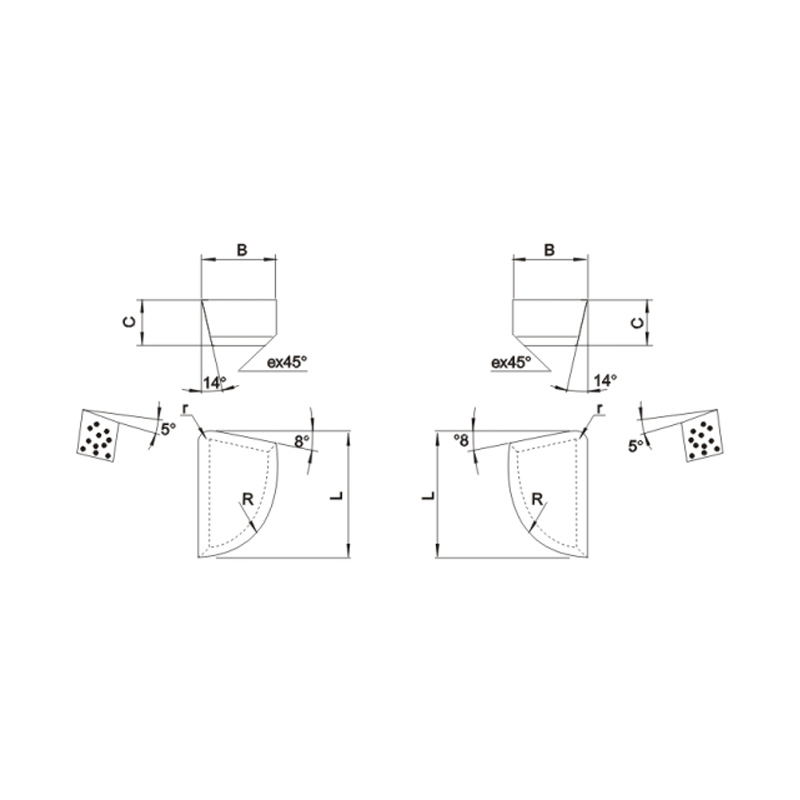
Welcome to our product page showcasing the A3 Type for facing tool and cylindrical turning tool! Designed for precision ...
See Details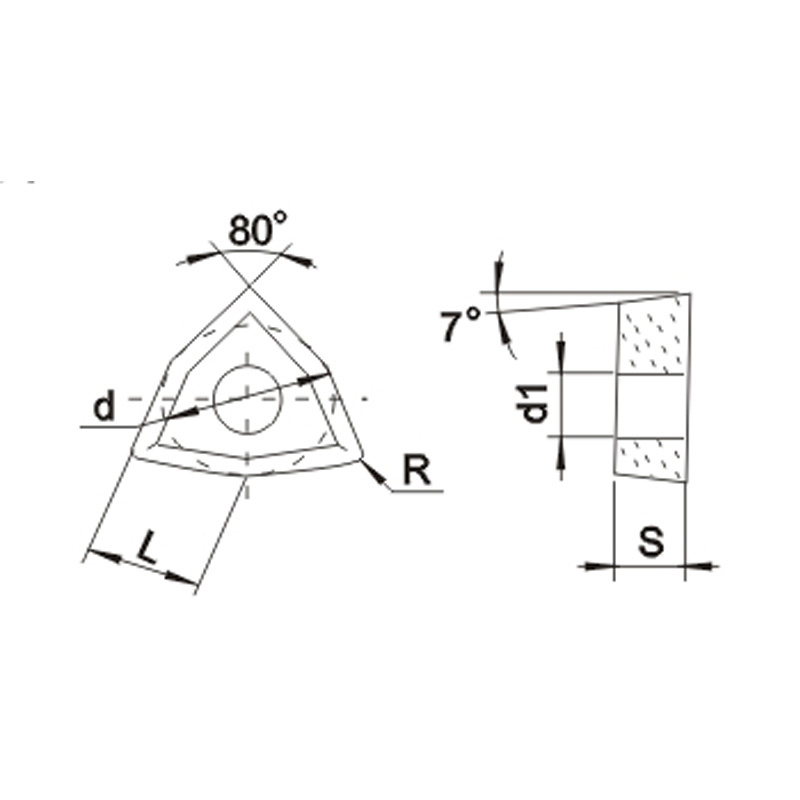
Welcome to our product page featuring the Shallow Hole Drilling Cutter Blades! Designed specifically for shallow hole ma...
See DetailsWelcome to our product page featuring the SFCN Milling Cutter Blades! Our company takes pride in offering high-quality m...
See Details
Contact Us